As we may know, GDP is a measure of one country’s economic growth. From the total expenditure perspective, gross domestic product (GDP) is the sum of total household spending, government spending, total capital investments, and the trade balance (net exports) of the economy. Therefore, when mentioning of Logistics, we recognize services that help circulate goods domestically and internationally, Logistics also comprises an enterprise’s investment in equipment, factories, and yard infrastructure, which are directly contributing to the growth of a country's GDP.
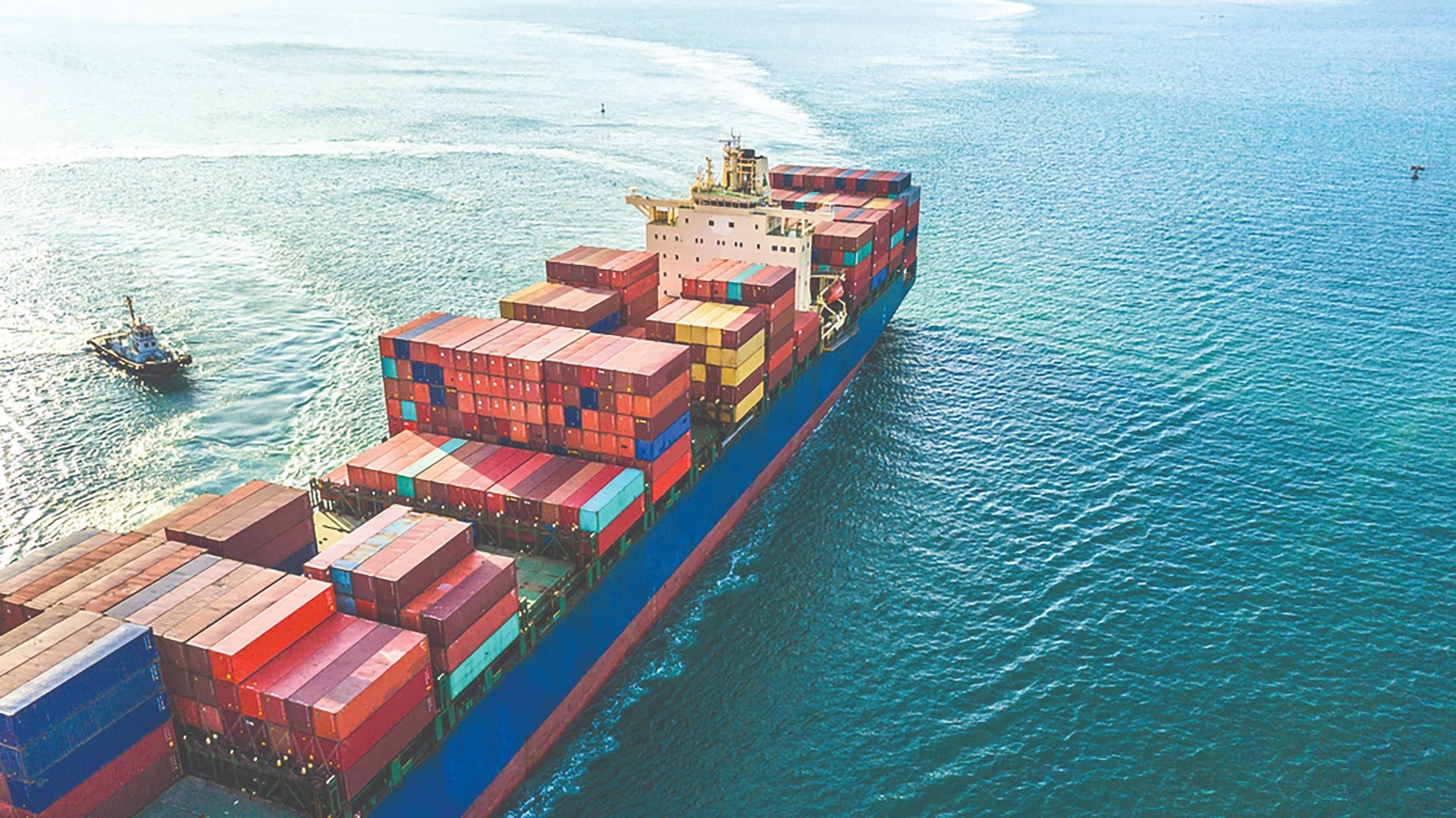
Logistics - The industry that attract investment
According to statistics from 2013 to now, the tendency of foreign direct investment (FDI) in logistics sector is increasing. Investment forms can be mentioned as establishment of an enterprise or a foreign company's head office or branch in Vietnam; or mergers and acquisitions happen with increasing number and scale.
The investment does not stop at the transfer of international capital flows into Vietnam, but also the transfer of technology as well as equipment and machinery to serve logistics activities. As reported by Houselink Inc., Binh Duong, Long An and Bac Ninh are the group of 3 provinces that have attracted the most investment in the form of projects in the logistics industry in recent years. Singapore, the Netherlands, Korea, Hong Kong, Japan and China are the leading names in investment capital in Vietnam - the field of Logistics in particular. And following by are the factories and industries from these countries that established and expanded in Vietnam.
Vietnam, a great example in the economies that still maintain growth during the Covid-19 pandemic, has taken advantage of being a gateway to an important regional and international trade corridor. While manufacturing, more specifically processing contracts, is still affected, Vietnam has been calling for very effective investment in the logistics industry both in terms of infrastructure and human resources. It is the improvement in providing Logistics services that helps major brands in the world choose Vietnam as an upcoming destination along with post-pandemic growth.
What are the opportunities to empowering the logistics industry?
“Logistics service is a commercial activity whereby a trader organizes to perform one or more stages including receiving goods, transporting, storing, storing, customs clearance, other paperwork, etc. customer consultation, packaging, marking, delivery or other services related to goods as agreed with the customer for remuneration”. And since it is a commercial activity, the research on products that has a superior competitive advantage with the market, making the most of the existing advantages; proactively promoting, finding, maintaining and developing stable customers is the top priority. With what we have achieved, if there is no new move, when FDI enterprises leave, it will be difficult for us to exploit the existing assets and infrastructure. To compare with other countries in area, Vietnam is a country with a long coastline on the international trade route, so we need to link with friends in Southeast Asia, especially countries in the Indochina, Thailand, Myanmar to optimize and maximize the source of goods, the distance. Cross-border transportation services (CBT), free trade zones (FTZ) are valuable highlights to help us improve the role of Logistics not only for the national economy but also for Vietnam's position in the area.
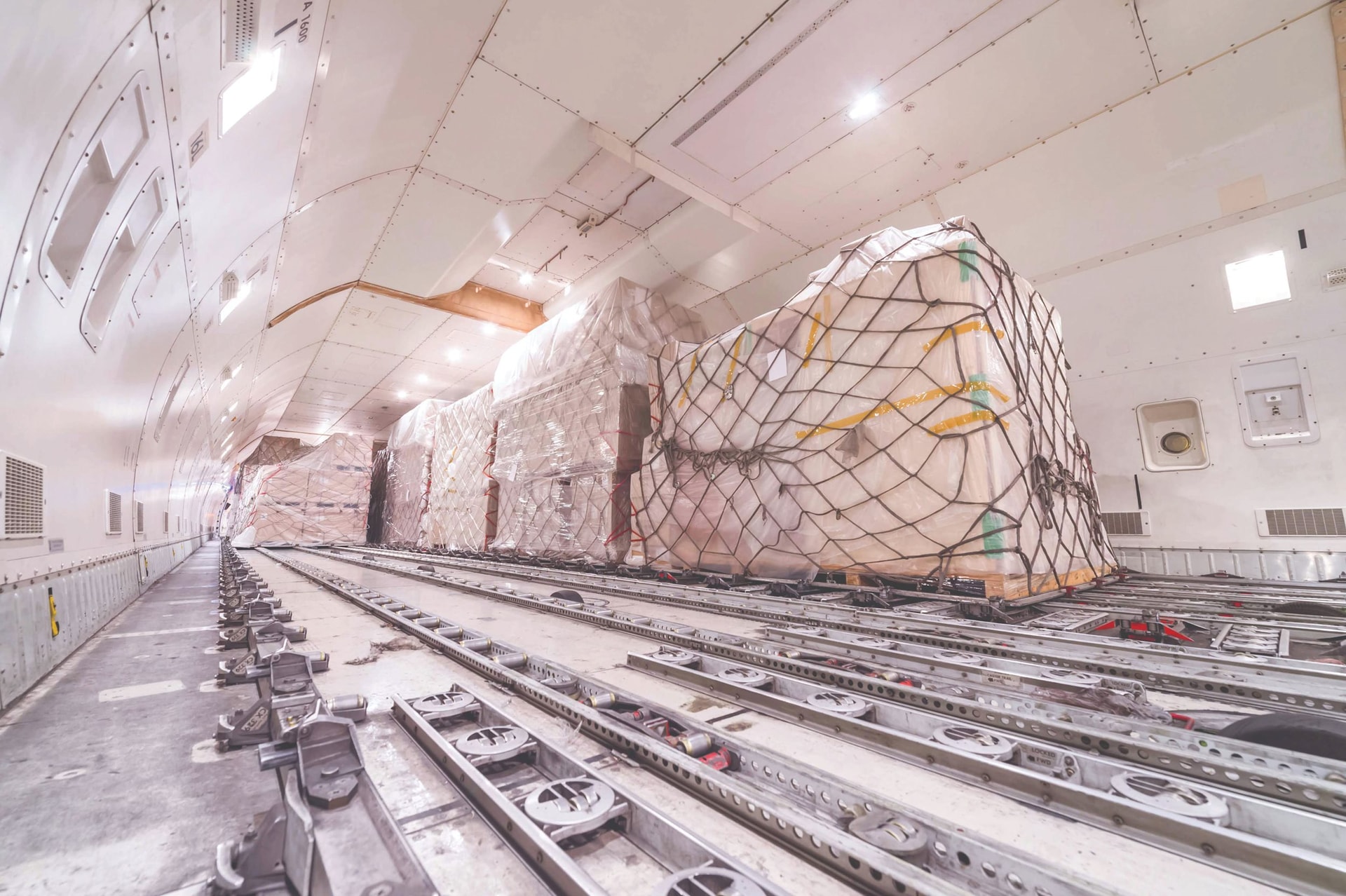
In addition to the positive signals from an investment perspective, the logistics industry also encounters significant barriers in terms of technical level as well as operational management ability, especially value-added services to keep up with the world trend.
“The National Digital Transformation Program to 2025, with a vision to 2030” is an important goal of the economy in general and the Logistics industry in particular, according to Decision No. 749/QD-TTg promulgated by the Prime Minister. However, how to effectively convert digitally is still a difficult problem even for foreign-invested enterprises (FDI). The biggest barriers are in terms of language, process and operating level. The failed lessons from copying the entire operating system and working process from the holding company abroad into Vietnam proved ineffective when the system became much more complex than the operating habits of the relevant departments. The lack of recognition of long-term benefits as well as a lack of an overall plan for digital transformation further limits the development and attraction of investment in the field of Logistics due to the failure to connect global management and supervision.
In addition to digital transformation, the goal of "green transformation" is also an indispensable requirement not only for Logistics enterprises but also for the global supply chain. As transportation vehicles using fossil fuels are gradually being limited and replaced in many European countries and the US, one of the next requirements is that their partners in countries like Vietnam must also compliance with environmental protection standards. However, the change certainly cannot be implemented in the short term, but it takes time and a plan to transfer from technology to regulations and macro policies, especially capital.


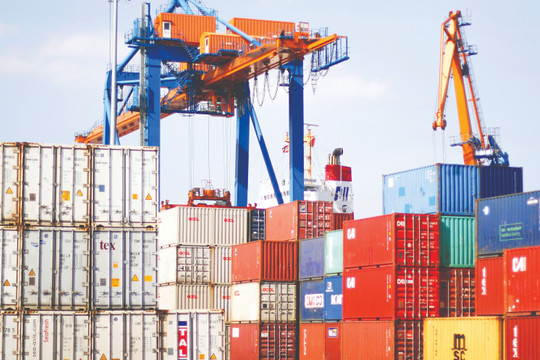
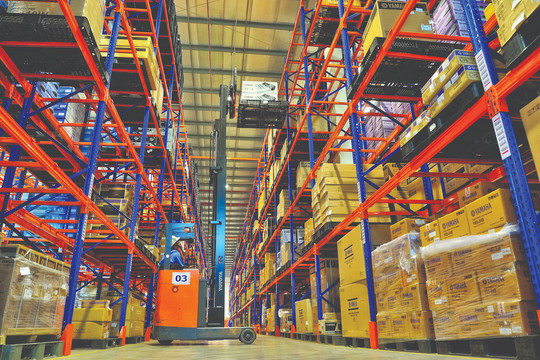
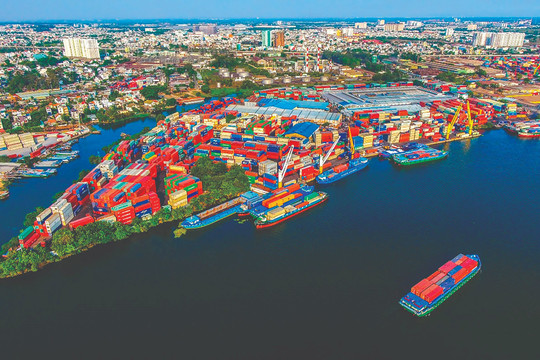
.png)
.png)
.png)

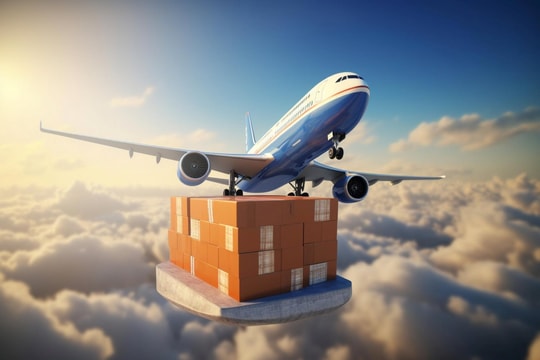
.png)
.png)


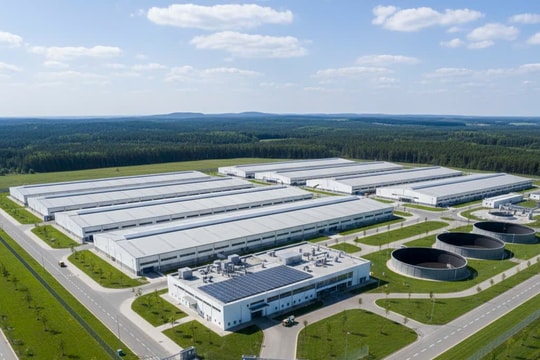


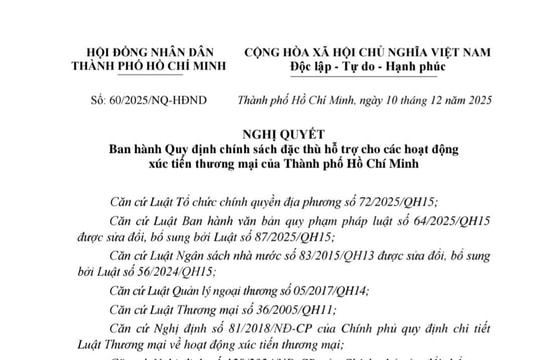
.png)

